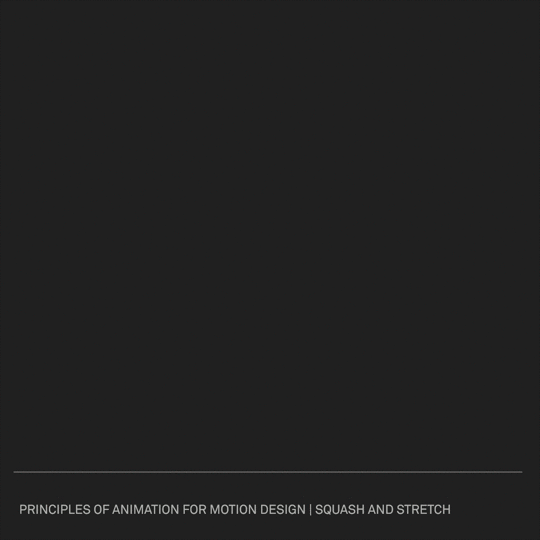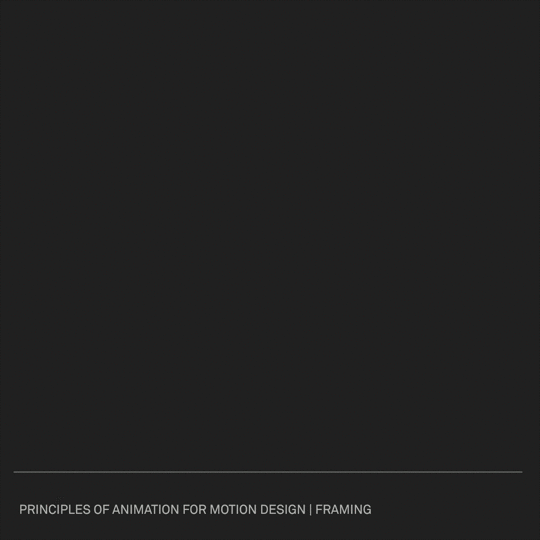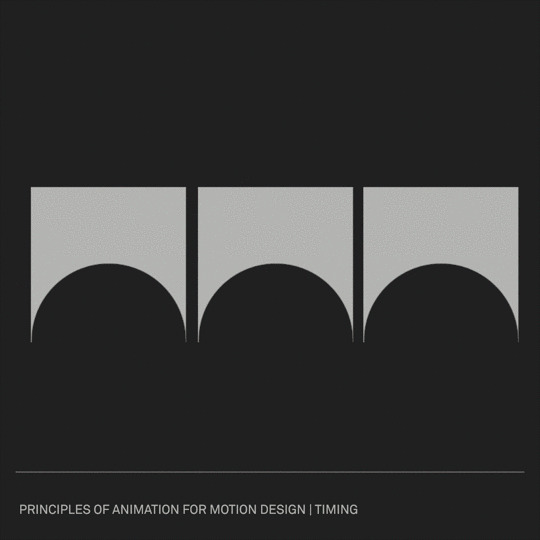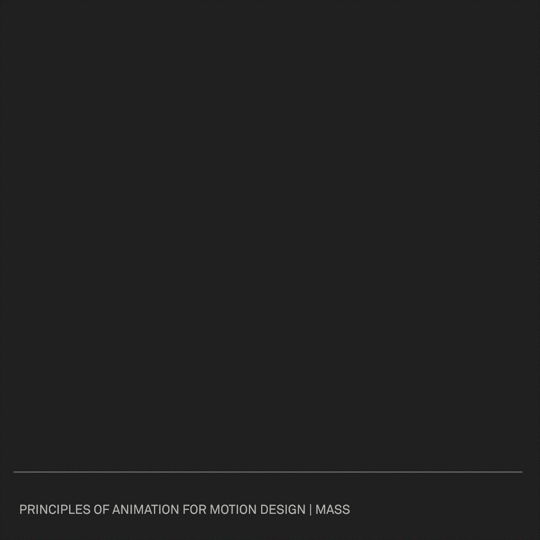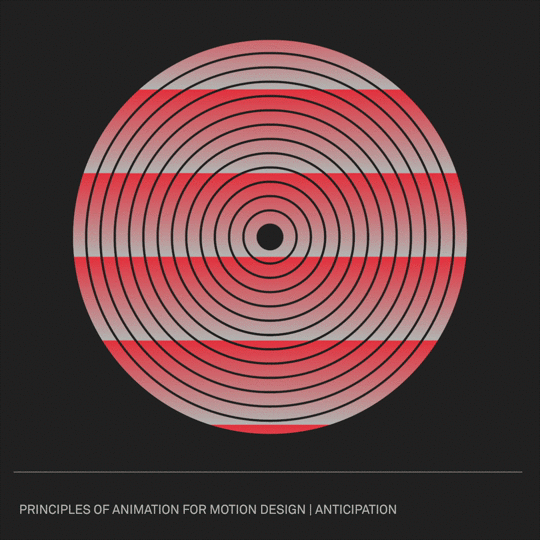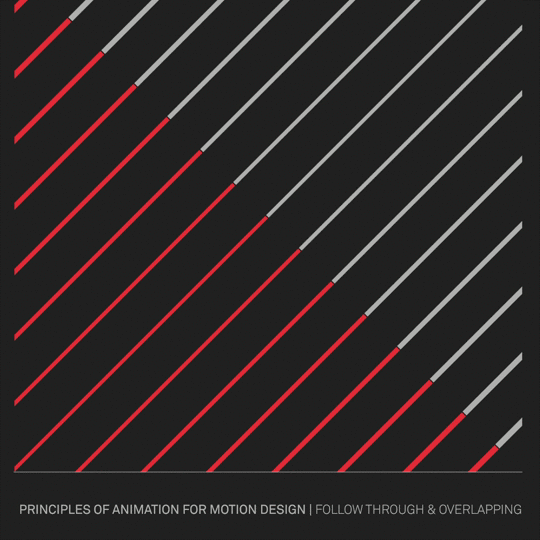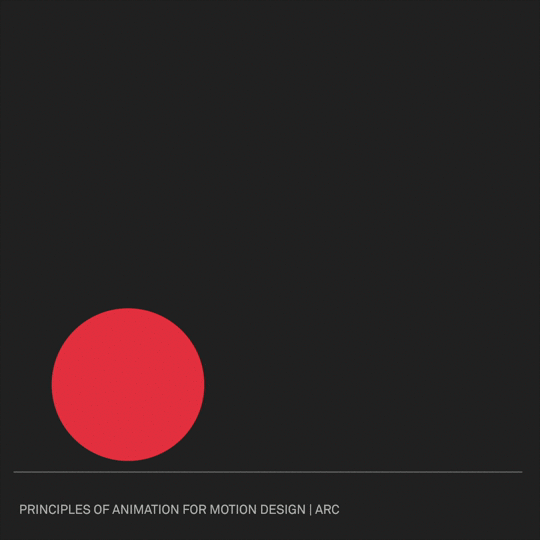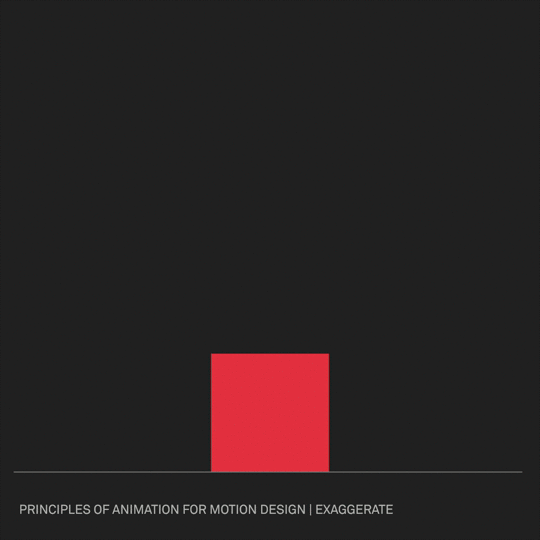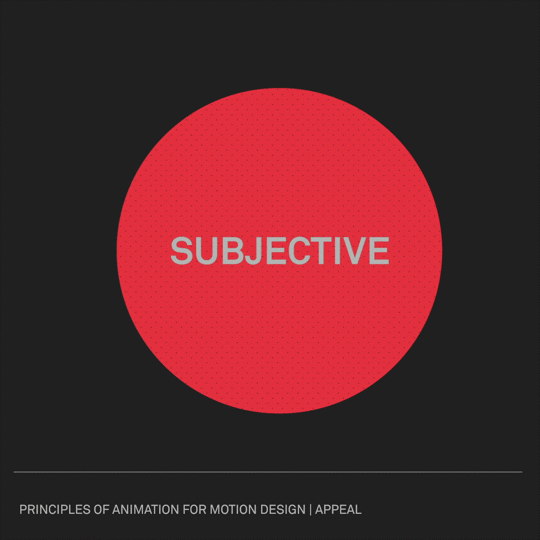
Developed as a pedagogical aid for my motion design class that was hijacked by the pandemic and subsequently forced online. It serves not as a critical, or conceptual proposition, but a foundational guidebook for students to learn how to animate intentionally. The storytelling comes from the movements and contextual relationships of the abstracted shapes (as opposed to using pictorial/iconographic signifiers). The intro paragraph to the PDF guide begins like this:
This guide is an adaptation of the 12 Basic Principles of Animation first introduced by Disney animators Ollie Johnston and Frank Thomas in their 1981 book The Illusion of Life. Their 12 principles were intended for cartoon character animation. I have taken liberties to edit this precisely for motion graphic animation by removing rules specific to animating figures or bodies.
These rules serve as guides for producing more engaging, dynamic,
and intentional motion graphics. The order of the list that follows is arbitrary—so no need to consider any hierarchal order. There are always exceptions to rules, and many good animations will have a combination of these principles. If you approach your animations with these foundations in mind, you will find your motion graphics to become more rich, descriptive, and fun.
and intentional motion graphics. The order of the list that follows is arbitrary—so no need to consider any hierarchal order. There are always exceptions to rules, and many good animations will have a combination of these principles. If you approach your animations with these foundations in mind, you will find your motion graphics to become more rich, descriptive, and fun.
